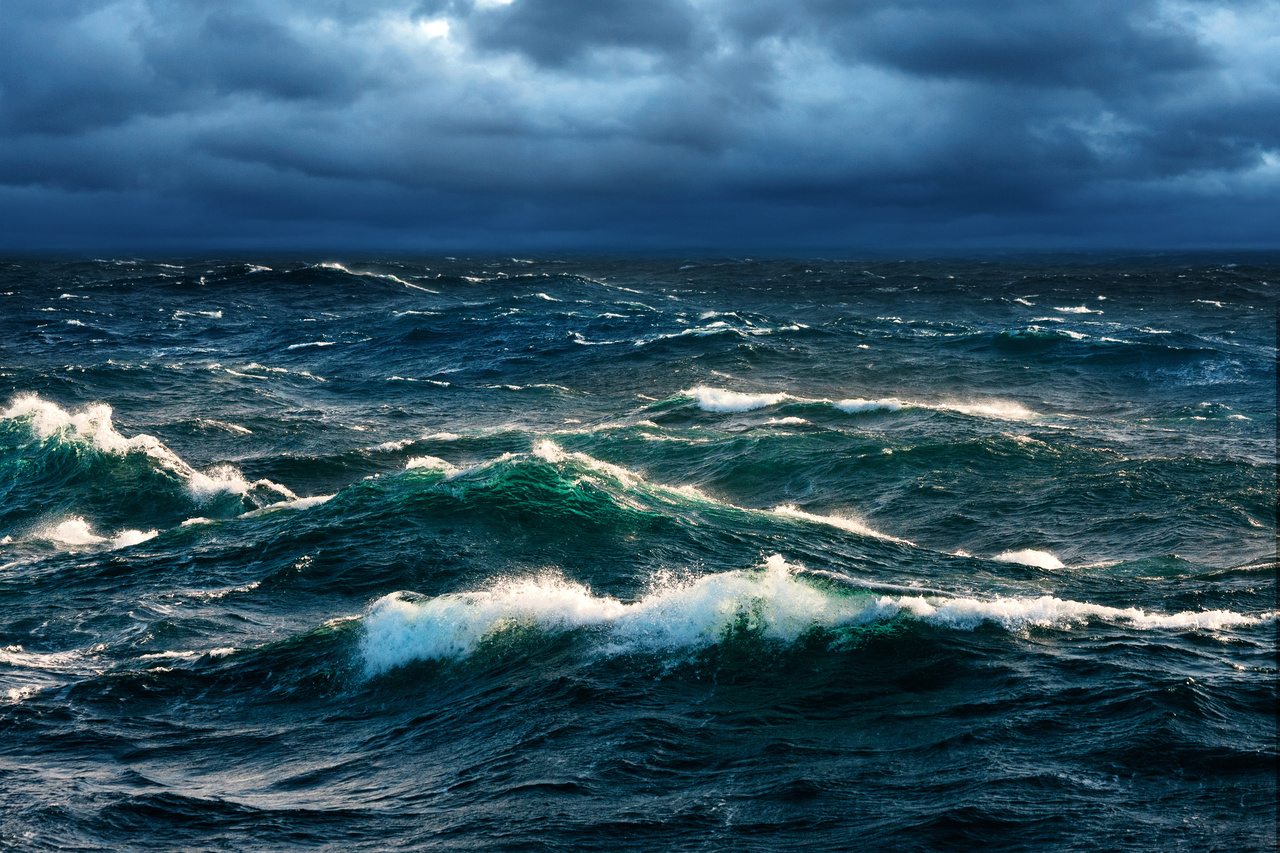As part of today’s official opening of the Wave Energy Research Centre and University of Western Australia Great Southern Marine Research Facility in Albany IMOS announces the first of its New Technology Proving facilities.
Led by Professor Ryan Lowe from the University of Western Australia, the Low-Cost Wave Buoy Technology Facility will seek to test and develop methods of integrating this low-cost technology within in situ observation networks.
The establishment of IMOS New Technology Proving facilities represents a significant and exciting new opportunity for the IMOS community and focuses upon increasing efficiency, effectiveness and expansiveness (being able to do substantially more with an increase in number) of current ocean observing platforms currently used by IMOS.
The low-cost wave buoy technology facility will conduct a comprehensive assessment of the performance of low-cost wave buoys over two years through benchmarking performance against conventional wave buoys that have historically been the foundation of wave measurement networks worldwide.
Through an international collaboration between wave researchers and industry (technology developers/providers), this project will represent a critical step in researching the capability and robustness of this emerging wave measurement technology into operational capability while accelerating the wide-spread uptake of the technology for research and operational use – both within IMOS and internationally.
The Facility will include world-leading researchers and technicians from UWA, CSIRO, AIMS, Deakin University, University of Melbourne, and Sofar Ocean Technologies.
Three sites have been chosen to test this technology, with one of these sites near the wave energy and marine science research hub led by UWA in Albany.
At a public lecture at the opening of the Albany research facility, the IMOS Assistant Director Indi Hodgson-Johnston noted that IMOS was excited to be involved in the region’s marine science community and to have the capability to develop more efficient methods of collecting data for Australia’s marine science community.
She stated that “along with the potential that the new technology proving capability may deliver to Australia’s marine observing system, the IMOS Office will work with the facility’s team leaders to measure the regional benefits that the investment might attract”.
More information on this project will come available on the IMOS website in the near future.
IMOS will announce further New Technology Proving facilities as they are finalised.
